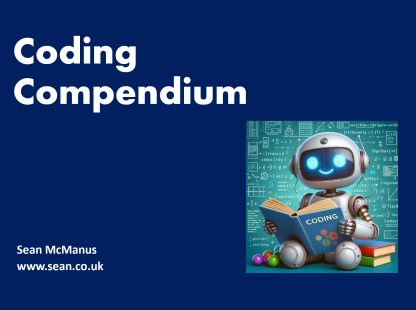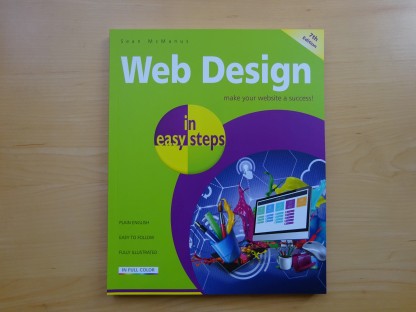
Coding Compendium
A free 100-page ebook collecting my projects and tutorials for Raspberry Pi, micro:bit, Scratch and Python. Simply join my newsletter to download it.
Small Business Websites That Work newsletter, September 2002
It's cheap and it's fast, but is email really an effective communication means for you? Most people who have been online for a while are buried in email messages every time they go online. With junk emails (often called 'spam') and viruses making up a huge proportion of many people's mailboxes, the medium is losing its impact and any messages that don't look interesting on receipt don't even get opened.
Sure, your customers might have asked to sign up to your newsletter, but they probably subscribed to lots of others too and they're busy people. So how can you make sure that your messages get through? Here are some tips on making email effective for you.
© Sean McManus. All rights reserved.
Visit www.sean.co.uk for free chapters from Sean's coding books (including Mission Python, Scratch Programming in Easy Steps and Coder Academy) and more!

A free 100-page ebook collecting my projects and tutorials for Raspberry Pi, micro:bit, Scratch and Python. Simply join my newsletter to download it.

Web Design in Easy Steps, now in its 7th Edition, shows you how to make effective websites that work on any device.

Power up your Microsoft Excel skills with this powerful pocket-sized book of tips that will save you time and help you learn more from your spreadsheets.

This book, now fully updated for Scratch 3, will take you from the basics of the Scratch language into the depths of its more advanced features. A great way to start programming.

Code a space adventure game in this Python programming book published by No Starch Press.

Discover how to make 3D games, create mazes, build a drum machine, make a game with cartoon animals and more!